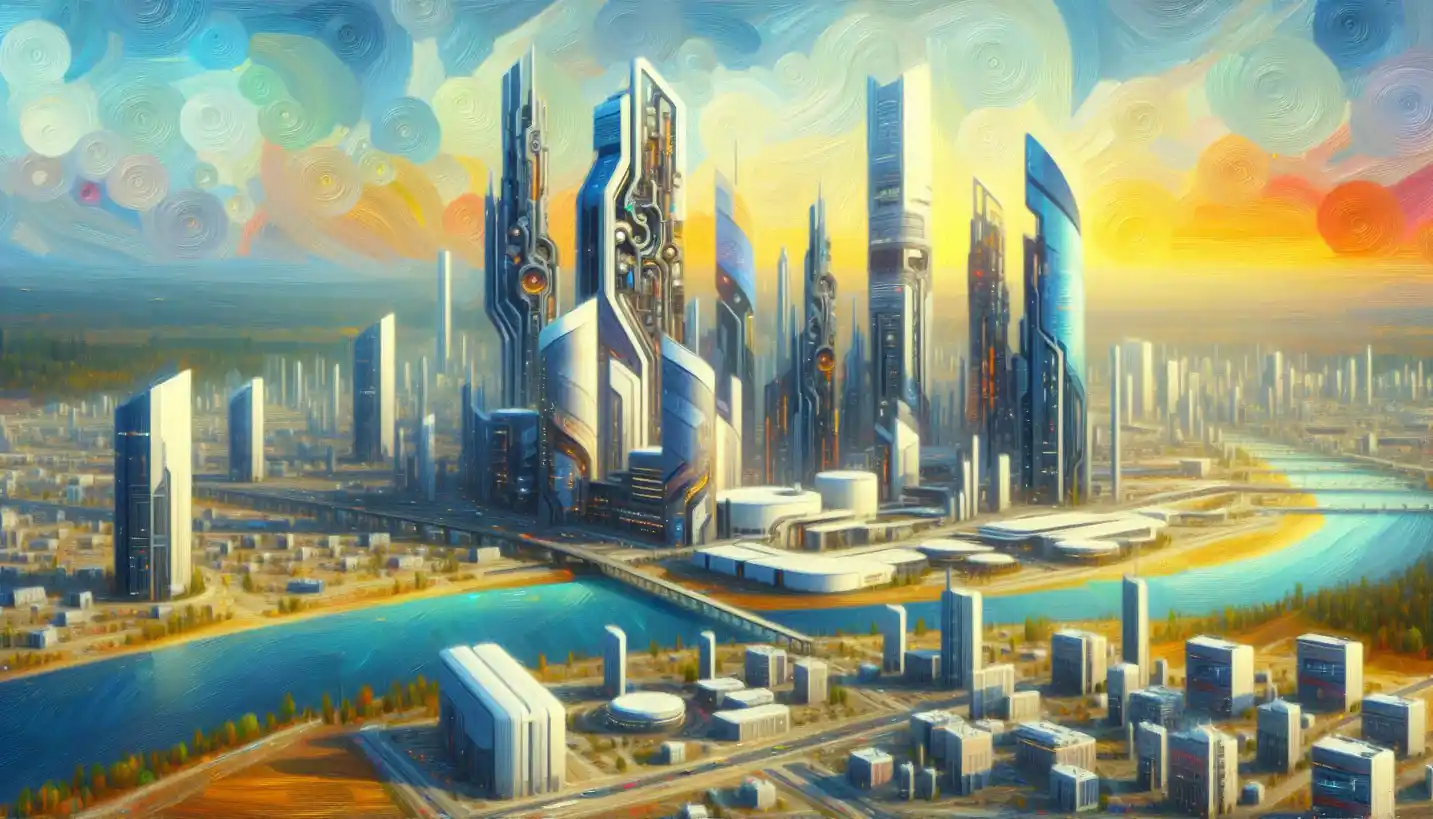· Engineering · 5 min read
Direct Current (DC): Exploring the Essentials and Impact
Explore the essentials of direct current and its profound impact on our daily electrical systems. Uncover how DC powers everything from toys to electric cars.

Electricity is an integral part of our daily lives. When we flip a switch, turn on a TV, or charge our phone, there’s a type of electricity silently doing its job behind the scenes: Direct Current, or DC. Let’s dive into what makes DC so essential, how it works, and its impact on our everyday world.
Direct current is the flow of electric charge in one direction. Think of it like water flowing through a hose—constantly moving in a single, steady stream. This consistency makes DC an excellent choice for many of our electronic devices and systems.
What is Direct Current (DC)?
At the heart of electricity, we have two main players: Direct Current (DC) and Alternating Current (AC). While AC changes direction periodically, DC flows in one unwavering direction. Imagine a straight road without any turns—that’s DC. It’s steady, direct, and predictable.
DC is often produced by sources like batteries, solar cells, and DC generators. When you put batteries in a flashlight, you’re using DC to power the light. The electrons flow from one end of the battery, through the bulb, and back to the other end of the battery, all moving in a single direction.
The Birth of DC in Electrical Engineering
The journey of DC began in the late 19th century with one of history’s most fascinating rivalries between two incredible inventors: Thomas Edison and Nikola Tesla. Edison championed DC, developing the first electric power distribution system using DC in the 1880s. He lit up New York City with his Pearl Street Station, proving DC’s potential to power entire cities.
However, DC had its challenges. It was difficult to transmit over long distances without losing power, a problem later solved by AC. But DC’s ability to provide a constant voltage made it indispensable, especially in electronics.
Why is DC So Important?
Think about charging your phone or laptop. That little power adapter you plug into the wall converts AC from the mains into DC your device can use. Most modern gadgets, like smartphones, laptops, and electric vehicles, rely on DC because their delicate circuits and batteries require a steady, unidirectional current to function efficiently.
DC in Renewable Energy: The Future is Bright
In today’s world, as we push for cleaner, greener energy, direct current is playing a transformative role. Solar panels, for example, directly produce DC electricity. Since solar panels have no moving parts, they provide a reliable source of power. The electricity generated by solar panels is stored in batteries for later use or converted into AC for household appliances.
Electric vehicles (EVs) are another domain where DC is vital. These vehicles run on batteries charged with DC, enabling sustainable transportation. As the demand for EVs grows, so does the importance of efficient DC technology.
DC Microgrids: A Modern Marvel
One of the exciting developments in DC technology is the creation of DC microgrids. These are smaller, localized grids that use DC to distribute power autonomously or in conjunction with traditional AC systems. They can integrate various energy sources like solar and wind, offering a flexible solution for both urban and remote areas.
Microgrids are particularly useful in places where traditional grids are unreliable. The ability to provide stable, efficient power makes them an ideal choice for developing regions.
Overcoming the Challenges
Despite its advantages, DC isn’t without its challenges. Transmitting DC over long distances still requires innovative solutions. One breakthrough has been the development of High Voltage Direct Current (HVDC) systems. These systems can efficiently move electric power over vast distances, reducing energy losses compared to traditional AC transmission.
HVDC technology is now being utilized worldwide to connect different energy systems, driving efficiency and reducing costs. It’s a testament to how far DC technology has come and its potential for the future.
The Role of DC in the Medical Field
DC isn’t just about powering electronics or cars; it has a crucial role in the medical field. Many medical devices depend on DC for their operation. Pacemakers, for example, use small DC batteries to deliver life-saving electrical impulses to the heart.
The reliability of DC ensures that these devices function smoothly and effectively, often making the difference between life and death. With continuous research and innovation, DC technology is enhancing medical care and offering new possibilities.
What’s Next for DC?
As we move forward, the role of DC in engineering and technology is likely to expand further. Emerging technologies, like blockchain, Internet of Things (IoT), and smart grids, are showing interest in leveraging the unique benefits of DC.
Furthermore, researchers are exploring innovative uses of DC in transportation, agriculture, and beyond. Imagine farms powered efficiently by solar panels and electric tractors using DC, minimizing their carbon footprint.
The Ever-Growing Influence of DC
Direct Current has traveled a long and fascinating journey—from Edison’s initial breakthroughs to today’s cutting-edge applications. Its evolution mirrors our quest for more efficient, sustainable energy solutions. Although AC takes the lead for grid-scale power distribution, DC is indispensable for powering everything from our phones to our cities’ lights.
As we innovate and explore new possibilities, the role of DC will only become more significant. It invites us to rethink energy distribution and consumption, paving the way for a brighter, greener future. Whether it’s in our personal gadgets, renewable energy systems, or even futuristic transportation, DC is here to stay, driving us towards a world that values efficiency and sustainability.



